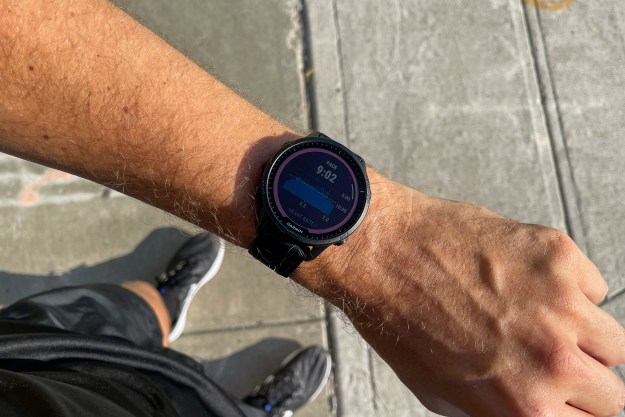After spending a few days wading through the sea of cutting edge technology on display at CES, you start to notice certain trends happening in the industry. This year, among a few other trends, we noticed a rising tide of personal transportation machines — or as I like to call them, motorized wheelie gizmos.
For the past few years, two things have been happening: Electric motors have steadily gotten smaller and more powerful, and batteries have become drastically more capacitous and long-lasting.
That might not sound particularly groundbreaking or revolutionary, since most technology seems to become smaller and more powerful over time, but what’s happened in this case is these two trends have coalesced and blended together to create a sort of renaissance in personal mobility devices.
Now more than ever, there are all manner of cool little wheeled gizmos hitting the market. Electric scooters, gyroscopically-stabilized unicycles, motorized skates that strap onto your shoes — they’re absolutely everywhere at CES this year, and each one is different than the last.
We rode every wheeled gizmo we could find on the showfloor, and while they were all pretty fun to whip around, there was one in particular that stood out from the pack — the OneWheel. We could go on for hours about how badass this thing is, but if we had to sum it up in one sentence, we’d say this: It’s like a snowboard, surfboard, skateboard, and Marty McFly’s hoverboard all rolled into one.
As you’ve probably surmised from the name, the OneWheel is comprised of a split platform for your feet, and a single big wheel positioned right smack in the middle of it. It looks a bit like a balance board, but thanks to onboard motion sensors and gyroscopic stabilization, it’s surprisingly simple to stand on. The board basically balances for you.
To move forward, you simply shift weight to your forward foot. To brake or reverse, just shift your weight onto your back foot. OneWheel’s internal motion sensors instantaneously pick up this motion and relay it to the motor, which moves you in your chosen direction based on this input.
With these simple and intuitive controls, riding the board is about as straightforward as it gets. If you’ve ever ridden any other kind of board –snowboard, surfboard, wakeboard, whatever — you’ll feel right at home on OneWheel. The ride feels like every board sport all rolled into one, with a just a pinch of hoverboard thrown into the mix.
Thanks to the big-ass go-kart wheel it sits on, OneWheel is basically all-terrain. You don’t feel every bump in the road like you do on a skateboard, and can roll over any reasonably solid surface with ease. It takes you a second, but after riding a round for a bit you realize you can go anywhere — not just on the sidewalk.
It’s a strange thing to get used to. Things that used to be obstacles (grass, hills, curb drops, tree roots) suddenly become features. The board allows you to shred around urban environments in the same way you’d ride around at a ski resort.
On top of that, you can also customize how the board rides. OneWheel’s accompanying smartphone app gives you the ability to adjust the board’s software, which drastically affects how it feels under your feet.
For example, if you want more responsive turning and no speed restrictions, you can use the app to switch it from Classic to Extreme mode. At the tap of a button, the app will update the board’s firmware and tweak how the sensors, gyros, and motor work with each other.
And the best part? You don’t have to wait around to get your hands on this magical contraption. It’s for sale right now, and for a cool $1,500 you can own it. It’s definitely not cheap, but based on the amount of pure, unadulterated joy we got from riding it around Las Vegas, we totally think it’s worth the high price.







